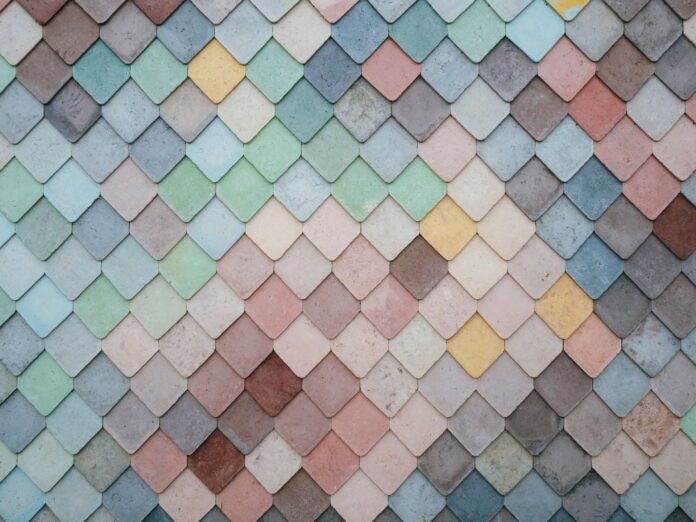So you’ve decided to start a tile business. What now? First, you’ll need a warehouse and tiles showroom. A warehouse needs to have at least 1500 square feet of floor space. The showroom is a little more expensive than the warehouse, but you can set the price as you see fit. Here are some tips for getting started. Once you’ve found your warehouse and showroom space, you’ll need to source products.
Finding a Sourcing Agent
If you want to source your own tiles from China but don’t have the time to visit factories, hiring a sourcing agent can help you find the best deals. A sourcing agent will help you source products, negotiate prices, and monitor the delivery of your goods. Here are some tips to hire a sourcing agent:
The fees for sourcing agents vary. Ask your sourcing agent to explain their fees in advance so there won’t be any misunderstanding later on. A sourcing agent should be experienced in finding the best deals and be reliable. The price should be competitive, and the agent should be able to provide good service to you. The fee will be based on the scope of work and the service they provide. They should be responsive to your needs and be fluent in your language.
A sourcing agent has an extensive network of suppliers that can meet your specific needs. These agents are experts in navigating the Chinese sourcing market. They also know where to source high-quality tiles. A sourcing agent specializes in helping companies buy tiles and other products at affordable prices. In addition to being skilled in negotiating with suppliers, sourcing agents can also provide reliable customs agents. These agents will save you time and money because they have a network of reliable suppliers.
Creating Vignettes
Creating vignettes is a key part of a successful tile showroom. Customers should be able to differentiate the different collections easily and the showroom’s layout should avoid clutter, which discourages potential buyers. In addition to creating a pleasant environment, vignettes can help showcase innovative tile products. These vignettes can be recreated in the home and can give customers ideas for their new spaces.
Roca, a company that focuses on ceramic and stone tile, recently expanded its New York City showroom by introducing new tile collections. The IKEA Brooklyn store features the company’s Lavagna series, which is double-pressed, through-body porcelain. The Color Collection, meanwhile, is a modern ceramic wall tile line, available in three sizes: 4 1/4×4 and 6×6.
Keeping Accurate and up-to-date Accounts
While operating a tile showroom, keeping detailed, accurate accounts is essential to understanding financial performance. Detailed accounting makes annual tax filing more manageable. Here are some tips to help you keep your accounts organized:
Setting up a Product Price
In order to make money in the tile business, you will have to have a showroom with a huge inventory of tiles. However, there is a catch: your products may not be popular with customers, and you may have to sell them at cost or even at a loss. You also have to contend with the competition of big-box home improvement stores, so it is crucial to be well-prepared. Any business can be profitable when revenue exceeds expenses, but the tiles business has a higher risk of failure than most other industries.
A good tile showroom will display various kinds of tiles to display different qualities. Several types of displays will be displayed, according to the standard and style of tiling. The most common tile display is the display stand. This is the best way to stock various styles and volumes of tiles at once. The tile showroom will be the focal point of the customer’s journey through the tile showroom. Therefore, it is important to create a display stand that is aesthetically pleasing and functional.
Preparing a Tiles Showroom Plan
If you’re planning to build a tile showroom, it’s vital to prepare a plan for your business venture. Several components are required to create a well-thought-out plan. This document describes the business overview, legal configuration, enterprise category, derivatives, liturgies, and marketing protocols. The operational plan illustrates the day-to-day operations of your tile display. The marketing and sales plan includes information regarding pricing, marketing, and sales. A market estimation provides an overall assessment of the market’s size, objective, and competitiveness.
The layout of your tile showroom should inspire customers, and it should be conducive to browsing. Ideally, it should be arranged so that visitors can look at all tiles at one time. You can create self-supporting displays, which help you showcase different styles, including mosaics and big format tiles. Various types of tiles can be displayed in a self-supporting setting, such as a lavatory. Different surfaces can be flipped to give clients a clearer picture of how a certain tile would look in their home.
A well-designed tile showroom will reflect the car lines and illuminated ambiance. While the walls and floors must reflect the cars, ceramic tiles are a timeless element that guides the eye to the star of the show. This material is durable and clean, and it is extremely hard-wearing and damage-resistant. It can also help you achieve a long-term revenue stream through constant sales. There are many benefits to choosing ceramic wall tiles for your tile showroom





